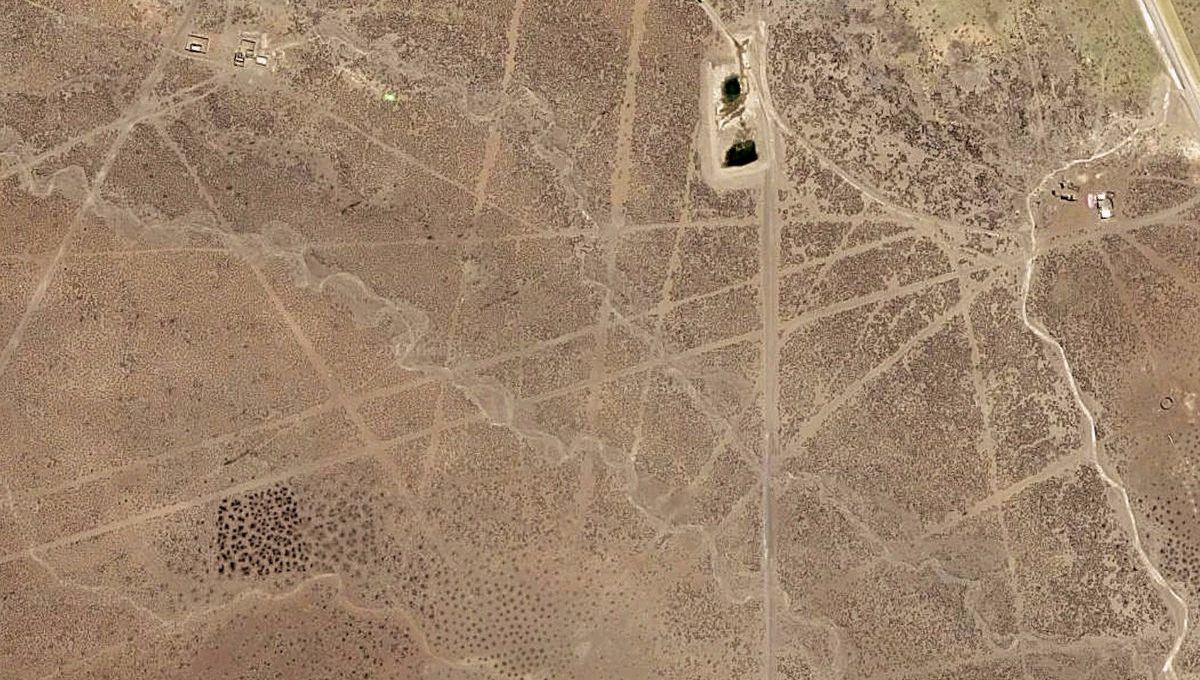
A bird’s eye view over the deserts of western Bolivia reveals thousands of dead-straight lines that were etched into the ground thousands of years ago. When exactly, and why they were created, however, remains a bit of a mystery.
Know as the Sajama Lines, the geoglyphs are located in the shadow of the Nevado Sajama volcano, the highest peak in Bolivia, and cover a huge patch of land that measures 22,525 square kilometers (8,697 square miles). That’s around 15 times larger than the area covered by the Nazca Lines in neighboring Peru.
The thousands of lines crisscross one another in a seemingly chaotic web. However, they were clearly crafted with intent. The interlinking lines stretch for 16,000 kilometers (9,941 miles) in total and retain remarkable straightness throughout.
Given this colossal scale, it’s sometimes called the world’s largest work of art. Creative expression was perhaps not its prime intention, though. Some archeologists argue the Sajama Lines were used as a path to lead people to sources of water, which is scarce in the area.
Another view is that they helped guide people during a spiritual pilgrimage since the network of paths is interspersed with a series of shrines, burial sites, and small settlements.
Researchers from the University of Pennsylvania have made efforts to study and map the Sajama Lines with the aim of protecting the sacred landscape from natural erosion and disruption from infrastructure development.
Each line is just a few meters across and was made by scraping aside the oxidized dark surface material to expose the lighter subsurface material. This is a similar method used to make the Nazca Lines, although these geoglyphs depict figurative shapes, like animals and plants, rather than abstract lines.
There’s some speculation that the Sajama Lines are connected to the Nazca Lines. Perhaps they were both created by similar cultures that had tight links with one another.
While it’s not clear who made the Sajama Lines, the Carangas people are likely suspects, according to a 2016 study. They lived in this region of the southern Andes during the Late Intermediate Period 1,000 CE to 1476 CE, around the time when most scholars believe the lines were forged.
Nevertheless, the exact story of their origins remains shrouded in mystery.
Source Link: A Map To The Gods: The Sajama Lines Are An Ancient Mystery